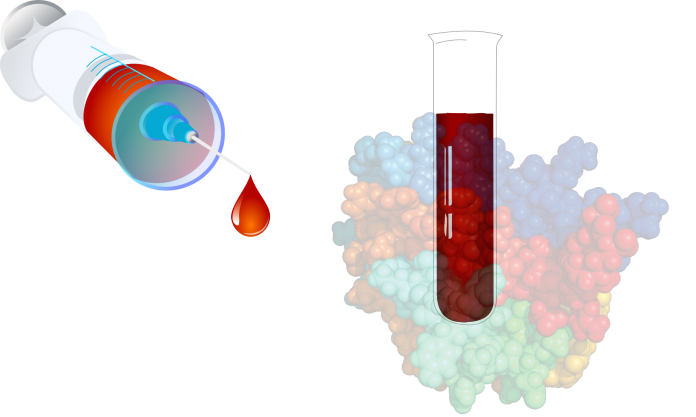In an exclusive chat with the BioVoice News on the occasion of the World Hemophilia Day, Dr Alok Srivastava, Professor of Medicine, Department of Haematology & Head, Centre for Stem Cell Research, Christian Medical College, shared his views on the various aspects of hemophilia disease in Indian context. Read the full conversation below:
 Kindly explain the current scenario involving hemophilia and its tackling in India? What are the challenges?
Kindly explain the current scenario involving hemophilia and its tackling in India? What are the challenges?
A lot of progress has been made towards supporting care of people with hemophilia across the country over the past 5-10 years. This is mainly related to several state governments providing provision in their health budgets towards procurement of relevant clotting factor concentrates as well as institutionalizing supportive care at designated treatment centres which should lead to much-improved management of bleeding in these patients. Although a lot has been achieved through the joint efforts and collaboration between the scientific community, patient body representatives, payers, and policymakers, a lot more remains to be done. There are still huge concerns around the availability of accurate diagnostic facilities across the country which leaves a very large number of patients undiagnosed.
Currently, there are ~17,000 hemophilia patients registered in India, which amounts to about 15% of the expected number in the country. More importantly, most of the currently diagnosed patients are still not on appropriate standards of care through regular (prophylactic) factor replacement. Instead, they only receive episodic factor treatment during the time of bleeding. There is an urgent need to explore possibilities of providing prophylaxis at least for the younger patients and setup more treatment centres including some comprehensive care centers for hemophilia across the country which can not only provide adequate provision of factors but also support holistic care for these patients and their families.
 How much important is the awareness as a tool to improve diagnostic interventions?
How much important is the awareness as a tool to improve diagnostic interventions?
Large-scale community awareness plays a critical role towards improving accessibility to diagnosis, treatment, and standards of care for any lifelong disease like hemophilia and should be the number one priority for governments and other stakeholders involved in the provision of care. It is also important to continuously sensitize the medical community regarding the importance of timely suspicion and diagnosis so that the disorder can be diagnosed early at a younger age as many of these severe hemophilics if started early on routine factor replacement have the high probability to lead a normal life and grow into healthy adult.
“The future answer to hemophilia cure could lie in ‘gene therapy’ which has been a subject of active research over the past decade globally and now even in India. The ultimate goal of gene therapy is the replacement of a defective gene sequence with a corrected version to eliminate disease for the lifetime of the patient.”


































































